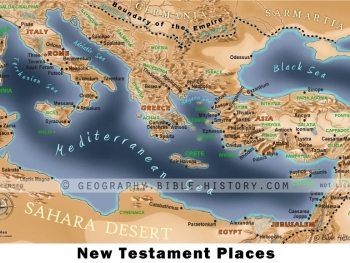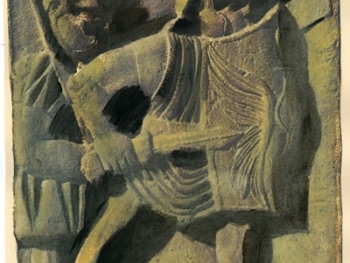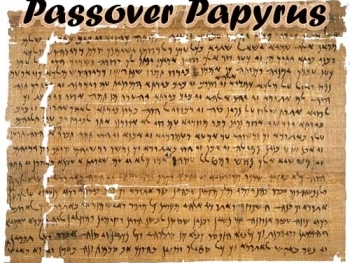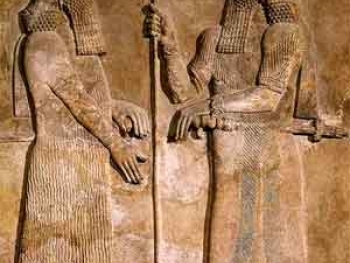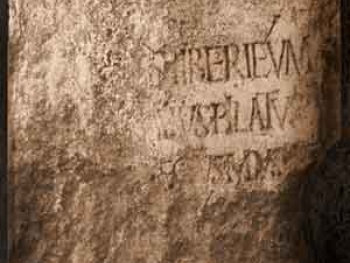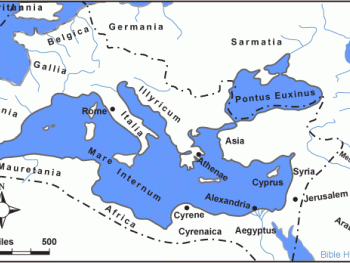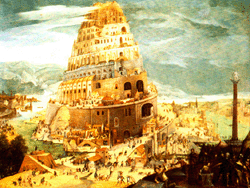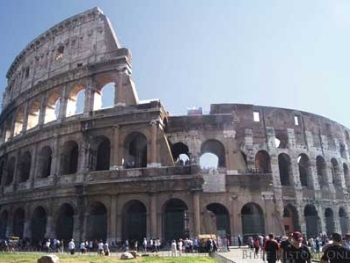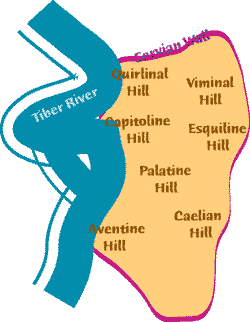
The seven hills of Rome were very noticeable in the landscape of the city of Rome. The hills were no higher than 60 yards, but they had steep slopes that rose above the flat marshland. Several small streams flowed between the seven hills. The names of the seven hills of Rome are: Aventine Hill, Caelian Hill, Capitoline Hill, Esquiline Hill, Palatine Hill, Quirinal Hill, and Viminal Hill.
Source:
